[Stories of Artifacts] Joseon-era sundial part of King Sejong's efforts to empower people
By Kim Hae-yeonPublished : June 5, 2023 - 13:25
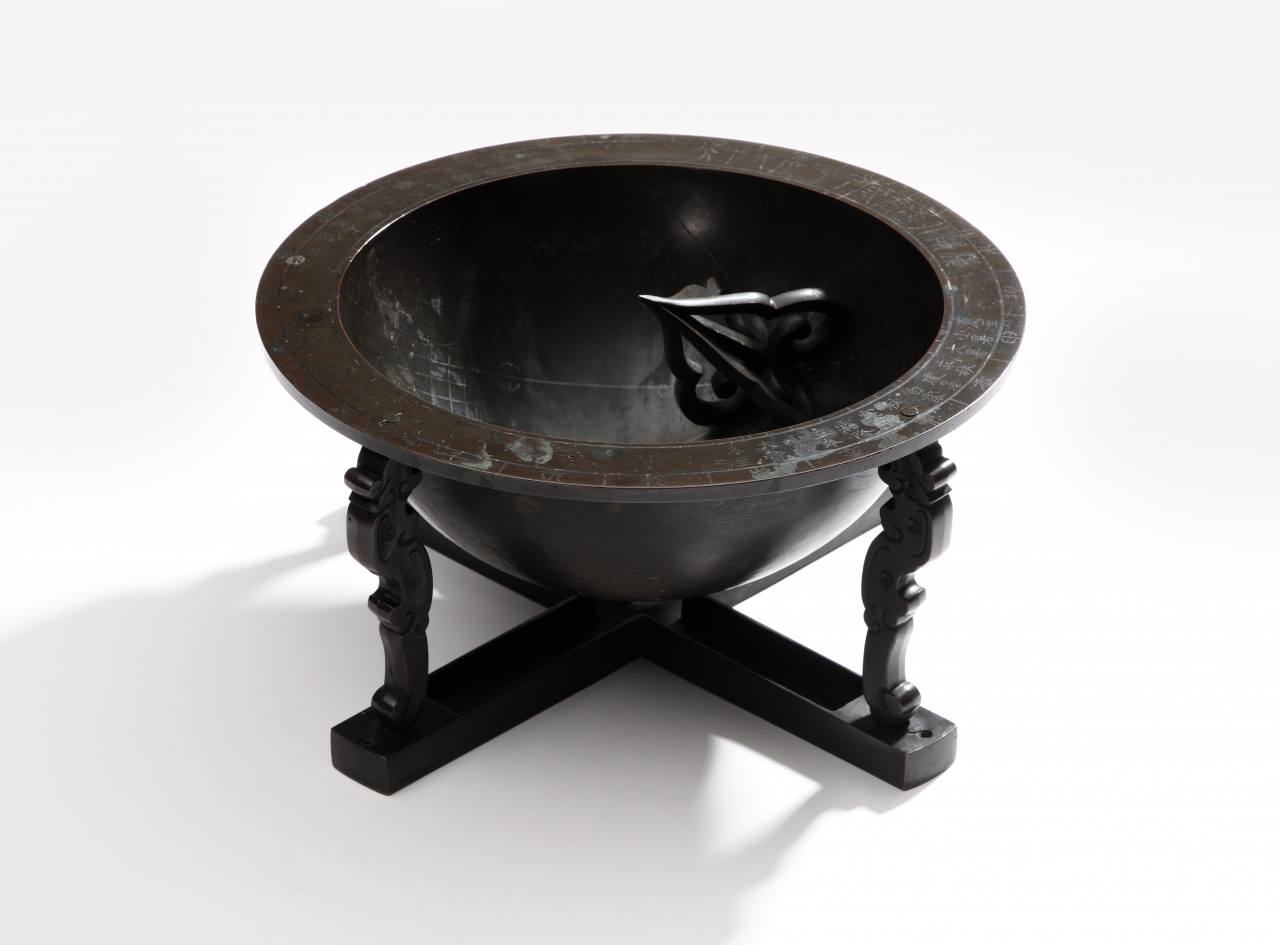
Before the advent of modern technology, having knowledge of time equaled power.
By knowing time, one could control the everyday activities of ordinary people who did not have such resources. Those without access to time telling were entirely dependent on the sun and the ringing of the palace bell to structure their daily lives.
"Angbuilgu," a type of hemispherical metal sundial created in 1434 during the reign of King Sejong the Great, did away with such a power dynamic.
A sundial tells time by calculating the sun's position via the shadow it casts. By harnessing the sun's position and the measurement of the solar cycle, the angbuilgu granted people an unprecedented means to tell time accurately.
Unlike conventional flat sundials, the angbuilgu was concave and consisted of three key components: a round and concave dial plate called “siban,” a gnomon -- the part that casts a shadow -- called “youngchim,” and a pedestal.
Invented by a team of scientists including Lee Soon-ji and Jang Yeong-sil, the astronomical instrument introduced a unique design, resembling a cauldron gazing skyward, which is why it was named as angbuilgu.
According to Confucianism, it is the king's duty to inform the people of the correct time and seasons of the year.
Rather than adorning the sundials with elaborate decorations and inscribing Chinese characters for time reading, King Sejong aimed for simplicity. Records show that two of the angbuilgu featured the 12 animals of the Chinese zodiac, making it comprehensible even to those who were unable to read.
While various types of sundials were kept in the palace and available only to kings and top foreign envoys, King Sejong made angbuilgu accessible to the people by installing them outside the palace. According to Joseon "Wangjo Sillok," or the "Annals of the Joseon Dynasty," angbuilgu sundials were installed outside Jongmyo Shrine and at Hyejeong Bridge (today's Jongno 1-ga) intended for use by the general public.
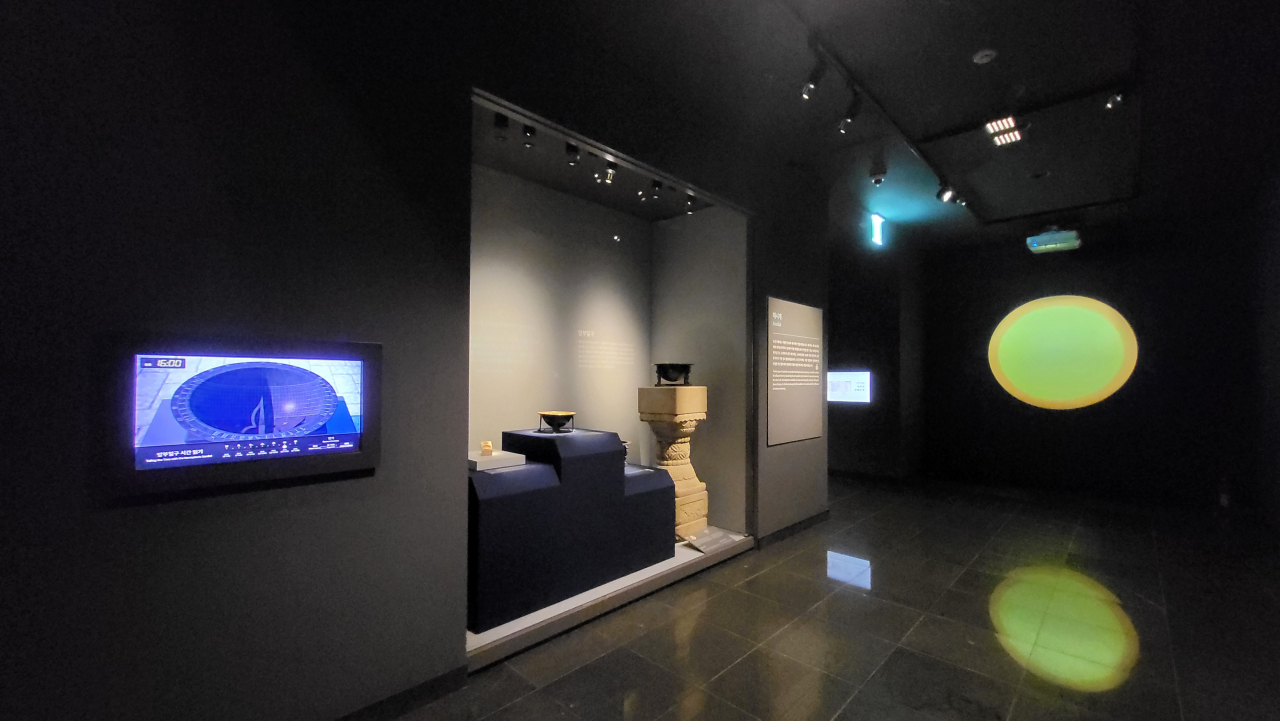
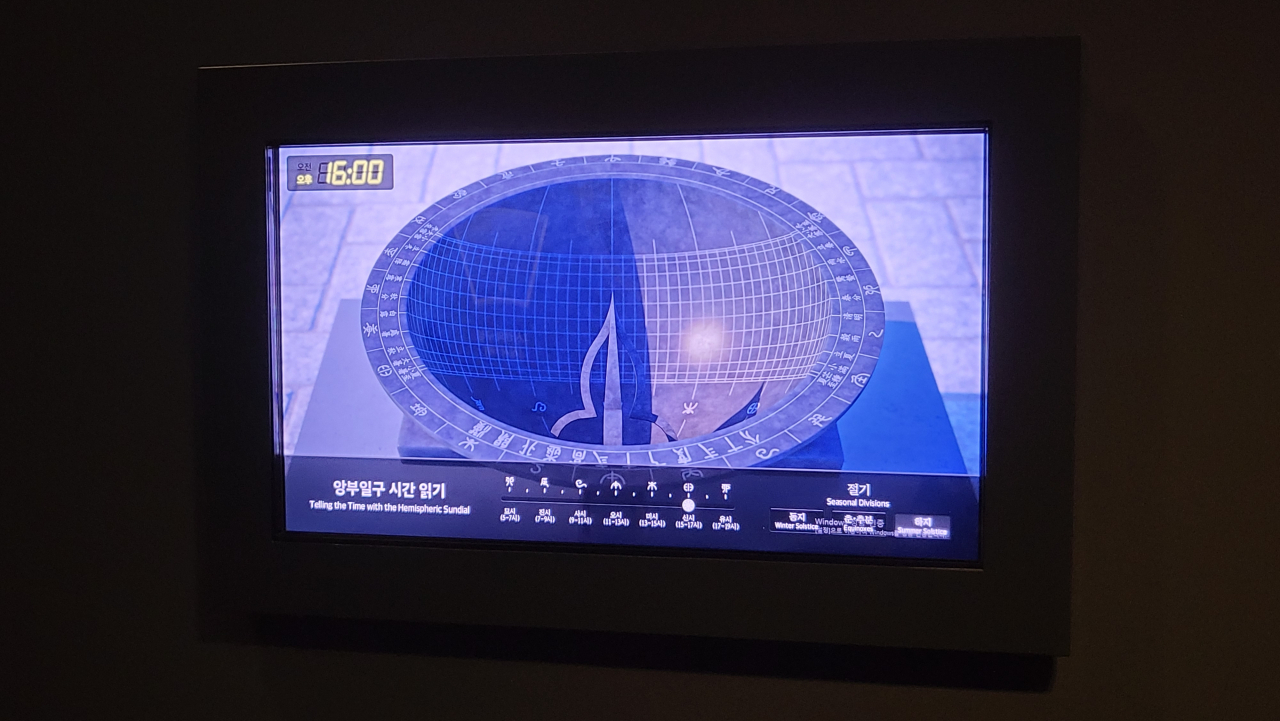
"The existence of sundials in Korea dates back to the Silla period (57 BC – 676 CE), but the principles of the scientific instrument were very complicated," said Kim Jae-eun, curator and researcher at the National Palace Museum of Korea. "However, you don't have to know the basics of astronomy or understand operations of the device to read angbuilgu. You just have to intuitively read where the shadows point to, and that's the time."
The surface of the siban is marked with seven vertical lines and 13 horizontal lines. In Joseon, each day was divided into 12 periods, each period approximately two hours long. The seven vertical lines correspond to the 14 hours of the day when the sun is up. On the other hand, horizontal lines measure the length of the shadow cast by the gnomon and indicate the season of the year. Each of the 13 horizontal lines represent the 24 jeolgi, Korean astronomical system used to divide the year into seasons.
"Scientific Achievements of the Joseon Dynasty," the National Palace Museum of Korea's permanent exhibition on the basement floor, showcases three angbuilgu sundials. The three are -- angbuilgu with silver inscriptions placed on a stone pedestal, angbuilgu with each leg carved with clouds and a dragon and a portable angbuilgu.
In August 2020, the angbuilgu with cloud design legs returned to Korea after the Overseas Korean Cultural Heritage Foundation made a successful bid of $336,500 for the sundial at a US auction.
Scholars say the piece was likely crafted between the 18th and early 19th centuries, sometime after 1713. This determination is based on the inscription found on the sundial, which mentions the latitude of Seoul as "37 degrees 39 minutes 15 seconds," aligning with the information recorded in a Joseon period book of astronomy, "Gukjoyeoksanggo."
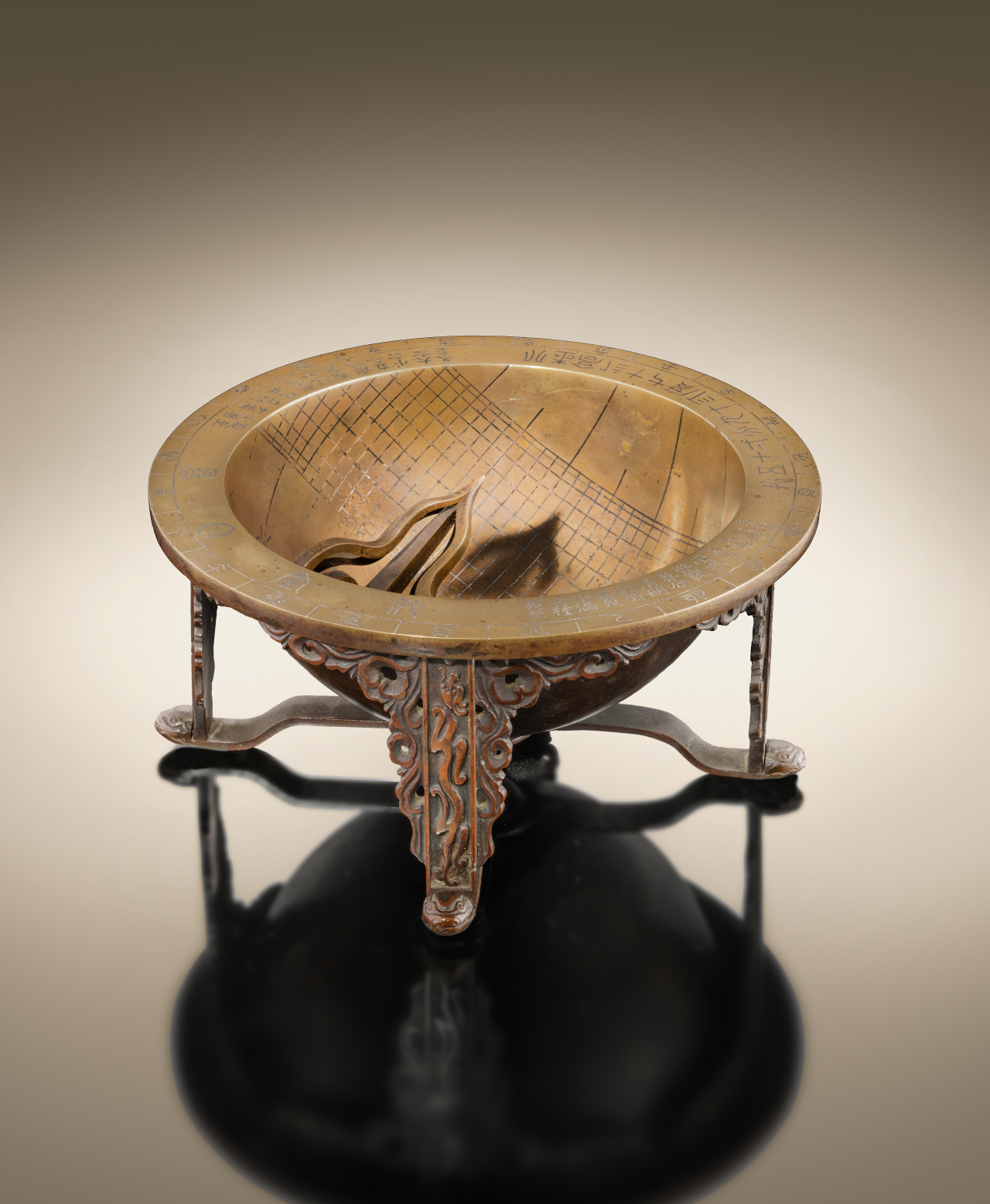
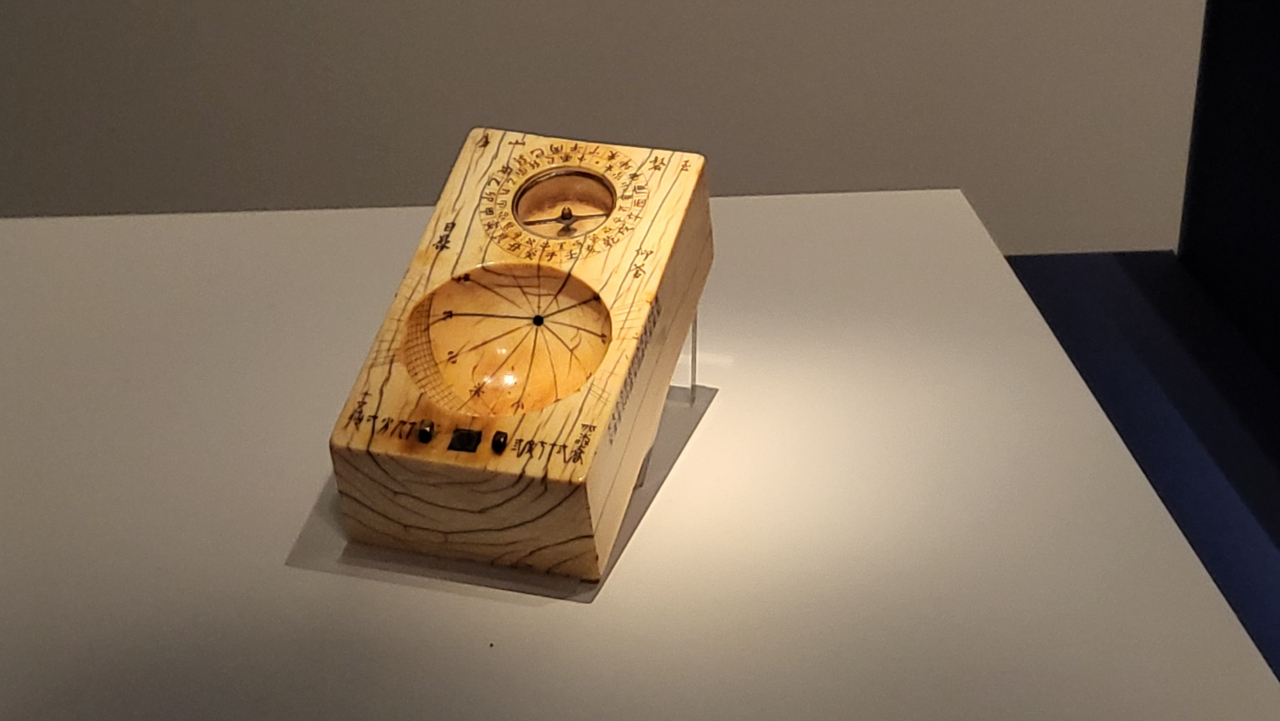
It is believed that all angbuilgu created during the reign of King Sejong were destroyed or lost during the Japanese invasion of Korea in 1592. Today, only seven Angbuilgu remain in Korea, while three others are located overseas ― one in the UK and two in Japan.
"Specific dates, locations, and users of angbuilgu remain largely unknown, which is part of the reason why the three artifacts at the museum remain as Treasures, not National Treasures,” Kim said. “On the other hand, the fact that a scientific artifact’s origin cannot be traced accurately can be seen as an evidence of its widespread use by the people rather than something that was exclusively used by the monarchs and the upper class. This historical narrative is what makes angbuilgu even more valuable and special today." Kim said.
This is the last in a series of articles introducing well-known cultural artifacts from different periods in Korean history. -- Ed.


















![[KH Explains] Hyundai's full hybrid edge to pay off amid slow transition to pure EVs](http://res.heraldm.com/phpwas/restmb_idxmake.php?idx=652&simg=/content/image/2024/04/18/20240418050645_0.jpg&u=20240418181020)

![[Today’s K-pop] Zico drops snippet of collaboration with Jennie](http://res.heraldm.com/phpwas/restmb_idxmake.php?idx=642&simg=/content/image/2024/04/18/20240418050702_0.jpg&u=)